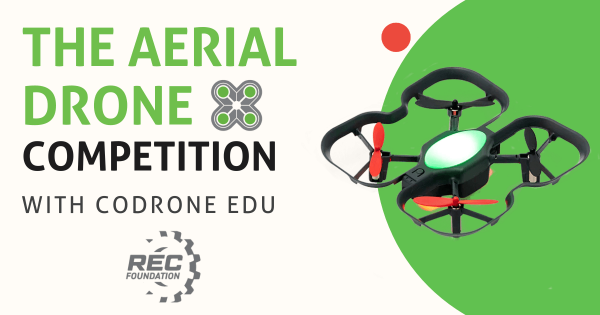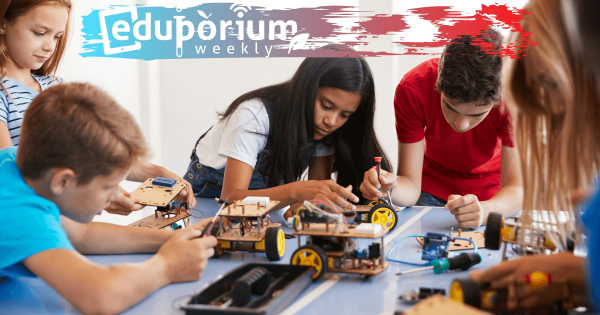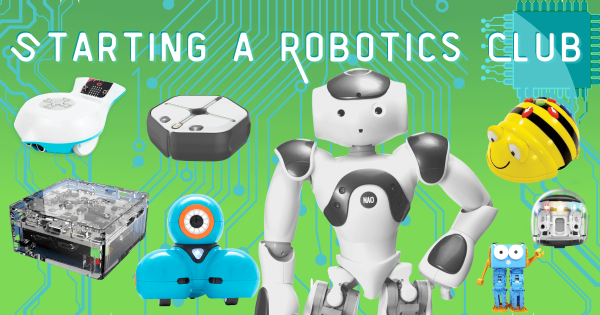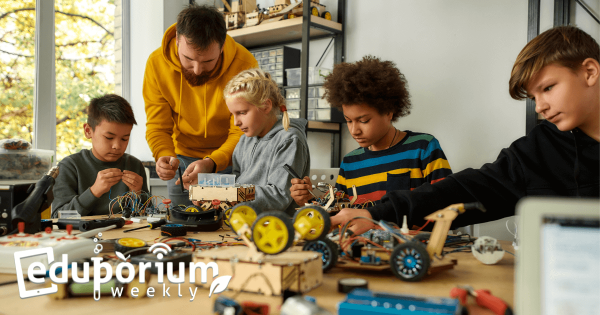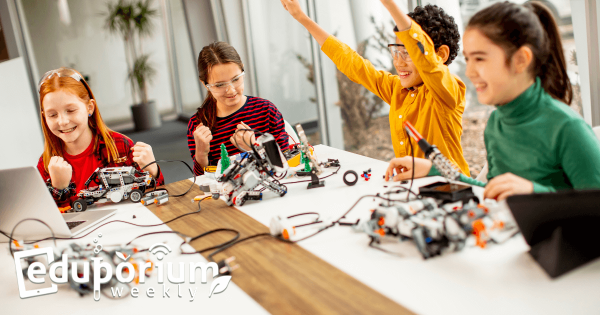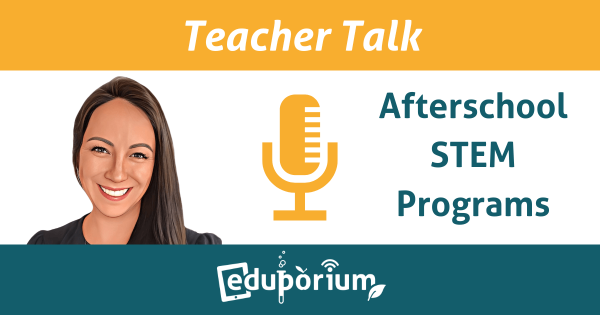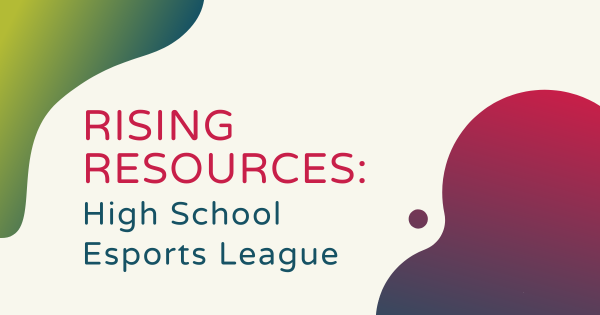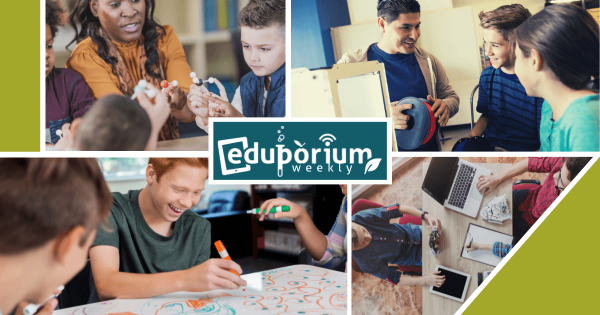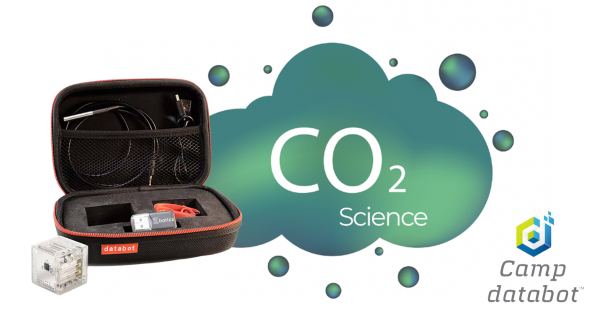The Aerial Drone Competition is one of the most popular educational drone events in America and the CoDrone EDU is one of few drones approved for the competitions. In this blog, we’ll explain how to register teams for drone events, why the CoDrone EDU is well-suited for competition requirements, and how to be successful in each of the four piloting
After School
Afterschool programs can play a crucial role in enhancing overall student development by offering the chance to explore and collaborate in a structured and supportive environment beyond regular school hours—often with a focus on STEM activities. These programs provide a variety of enriching activities that contribute to the academic, social, and emotional well-being of students. Through homework assistance, tutoring, and targeted activities, students can reinforce their learning and grasp challenging concepts to improve academic performance. This can also help build confidence and keep children on track with intellectual development, reducing the likelihood they fall behind. Plus, program leaders who have STEAM backgrounds can design purposeful opportunities for students. These include opportunities to explore robotics and coding, 3D printing, virtual reality, and other relevant technologies.
Afterschool programs even contribute significantly to child social-emotional development. By offering a more diverse range of options in extracurricular activities such as sports, arts, and clubs, these programs provide a platform for students to explore and develop their interests, talents, and interpersonal skills. Team-based activities even foster positive social interactions, helping students build friendships while developing skills like teamwork, leadership, and communication. Afterschool programs, therefore, serve as a holistic complement to traditional education, promoting well-rounded development and strong academic foundations alongside bolstering those interpersonal skills necessary for success in both school and life. And, structured programs can truly help kids to keep on developing key STEM skills outside of the classroom. So, adding in more freedom and fun can really help with that as well.
-
STEM Curriculum For The K–12 Classroom
STEM learning experiences can be truly powerful and can help shape how children develop their 21st century skills. And, now, EdTech manufacturers regularly supplement their products with full curriculum resources that may include the lesson plans, activities, and more. Designed so all teachers can lead lessons more effectively, STEM curricula can really enhance learning. -
Eduporium Weekly | Scaling Your Afterschool STEM Programs
Education in 21st century schools, especially when educational technology plays a role, is very much aligned with progress, growth, and the scaling of programs. Now that the summer is here, it seems appropriate to talk about some of the programs that students take part in outside of their structured school activities, including various afterschool programs and fun clubs. -
8 Steps For Introducing A School Robotics Club
Most school administrators will be happy to give their approval for starting a school robotics club but you’ll still have to show a clear value proposition in your proposal. Once you get approved, research some classroom robots and find lesson ideas, you’ll be ready to firm up the key logistics, including where you’ll meet, how often, and how to tie -
Eduporium Weekly | Creating Fun Afterschool STEM Learning
Afterschool STEM programs and camps have been around for many years, but they are sometimes entirely for child care purposes. Recently, however, we’ve seen shifts in more kids actually wanting to participate in enrichment programs to continue developing various STEM skills outside of the school day. And, the best part is they often truly enjoy these STEM experiences. -
Eduporium Weekly | Good STEM Enrichment Activities In Schools
STEM experiences can help children thrive in so many ways and teachers are always finding new ideas for improving them. One of the most popular options, of course, is through enrichment programs. The benefits of STEM learning are great but they’re often capped in the classroom, meaning that more school leaders are encouraging STEM participation outside school. -
Teacher Talk | Afterschool STEM Programs
In afterschool programs, educators enjoy more freedom to introduce ideas they might not have time to work into a regular lesson plan. For our newest Teacher Talk, I chatted with Mallory Davis, a curriculum director who works with afterschool programs. We had a wonderful conversation about how to integrate STEAM and SEL and the benefits of afterschool STEM education. -
Rising Resources | High School Esports League
So much goes into creating a school esports program, especially if you are trying to quickly start competing against other teams. If you’re interested in jumping in to interscholastic gaming competitions as opposed to students just playing with their classmates, the High School Esports League serves as a great resource for athletic directors, tech directors, and even coaches. -
Eduporium Weekly | The School Library as a STEM Hub?
As they’re becoming an increasingly important part of 21st century schools, libraries are evolving to better serve the needs of modern students. They’re being transformed into instant information hubs, innovation centers, and makerspaces as they grow into a tool for 21st century learning—breaking away from past standards. -
The Camp databot CO2 Science Kit: STEM At Home Or School
We added the databot kits to our offerings just a few months back and this small, cube-shaped robot is certainly now a powerhouse when it comes to STEAM education—even in the remote variety. Using its on-board sensors, which include air pressure, altitude, CO2, and humidity sensors, the device is capable of collecting a whole lot of real-world information.




